Description
As part of the One Million Person Study of Radiation Workers and Veterans, being coordinated by NCRP, 173,000 medical radiation workers have been identified and are currently being evaluated. The approach to the complex dosimetry circumstances for medical radiation workers over three to four decades of occupation have been described in NCRP Report No. 178 (2018), but many of the specific approaches for medical radiation workers could not be included in NCRP Report No. 178. These specific approaches will be covered in this commentary, with emphasis on estimating lung dose. The approaches will rely on various exposure scenarios for medical workers classified as radiology, nuclear medicine, fluoroscopy-guided interventional, and radiation oncology. Various approaches to estimate lung cancer dose will be developed, including energy dependence, orientation, calendar year, and other features as available within the Landauer dosimetry database. The results of the commentary are important to address the National Aeronautics and Space Administration’s need to define sex-specific lung cancer risks for their assessments of radiation limits currently in place for female astronauts.
Specifically, the Committee will comprehensively review all the material available within the personal dosimetry records of Landauer, Inc. from which the population was identified. Identification of specific occupations, calendar years of work, sex, apron use, energy of incident radiation, and more, can be estimated with high quality. To make this quality as high as possible, the Committee will evaluate these records and then contrast them with available records in medical facilities such as in Memorial Sloan Kettering Cancer Center and possibly others such as the Mayo Clinic where there are overlapping records from the dosimetry system to the actual medical records in the hospitals.
Goal
To prepare a commentary that describes the optimum approaches for estimating lung dose within an epidemiologic study of medical radiation workers, 1960 to 1994.
Support
Membership
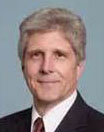
R. CRAIG YODER directed Landauer's technical activities relating to radiation dosimetry, particularly for applications in radiation protection from 1983 through his retirement in 2015. Additionally, he oversaw subsidiary and partner businesses located in Australia, Brazil, China, France, Mexico, Japan, Sweden and Turkey. An internationally known expert in radiation monitoring, Dr. Yoder led Landauer's transition from film and thermoluminescent dosimetry technology to optically stimulated luminescence, an assignment that required strategic planning and direction in areas spanning scientific research, product development, manufacturing, laboratory operations and marketing. From 1993 to 2001, he was Vice President of Operations and managed Landauer's manufacturing and analytical laboratory activities in addition to overseeing research and development programs. Dr. Yoder is a member of NCRP and former President of the Council on Ionizing Radiation Measurements and Standards. He has served on several national and international committees to develop dosimetry standards. He was a member of a National Research Council committee that examined the accuracy of film badge measurements made during atmospheric nuclear weapons testing. Dr. Yoder earned his MS and PhD degrees in Bionucleonics at Purdue University and received a BS in Pre-Medicine from Davidson College. He also completed the Executive Program at Stanford University. He is Certified in Comprehensive Health Physics by the American Board of Health Physics. |

LAWRENCE T. DAUER
is an Attending Physicist in the Departments of Medical Physics and Radiology at Memorial Sloan Kettering Cancer Center and serves at their Corporate Radiation Safety Officer. He serves as a member of the Nuclear and Radiation Studies Board of the National Academy of Sciences, Engineering and Medicine. He is a former Board member and current Council member of NCRP and is the Scientific Director of the Million Person Study. He has served as Chair or Co-Chair on several NCRP scientific committees associated with radiation protection of workers, patients, and members of the public. He served 7 y on the International Commission on Radiological Protection Committee 3, Radiation Protection in Medicine. |
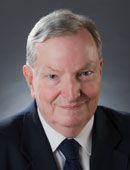
Stephen Balter
|
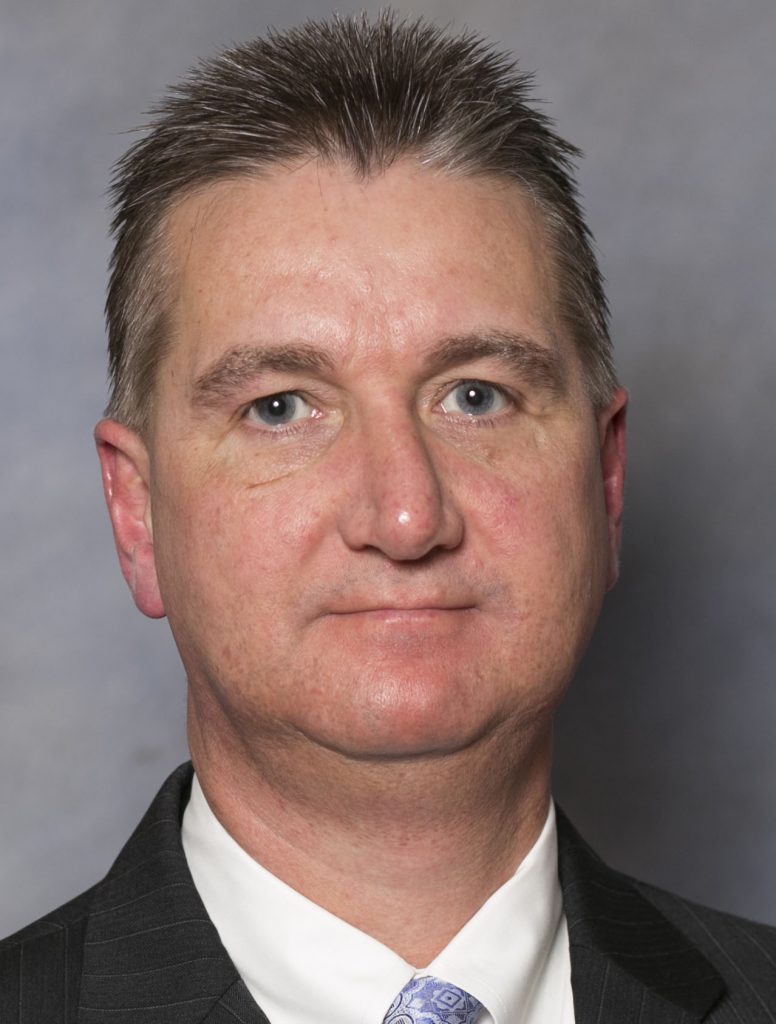
Christopher N. Passmore
is a certified health physicist with over 31 y of experience in dosimetry and a former lead U.S. Department of Energy Laboratory Accreditation Program (DOELAP) assessor. He provides training and consultation for dosimetry services and radiological protection programs. Prior to consulting, Mr. Passmore worked 21 y at Landauer and 10 y in the DOE nuclear weapons complex managing external and internal dosimetry programs at Rocky Flats and Pantex. Mr. Passmore is an internationally known expert in dosimetry, radiation monitoring, radiation field characterization, regulatory compliance, and accreditation programs. In addition, he has >10 y of experience in serving as a Head of the Approved Dosimetry Services in Canada, United Kingdom, and Ireland. He also is a former DOELAP assessor with over 8 y of experience in this role. Mr. Passmore serves as a U.S. delegate and technical expert to the International Electrotechnical Commission (IEC) TC45 and International Organization for Standardization (ISO) TC85, where he has been involved in influencing and developing several critical dosimetry standards (IEC 62387, ISO 21099, ISO 15690, ISO 15382, and ISO 14146). In addition to international standard committees, he also serves as a member of the Health Physics Society Standard Committee and is a member of NCRP. Mr. Passmore holds an MS degree in Health Physics from National Technological University, a BS in Nuclear Engineering from Arizona State University, and a BS degree in both Physics and Engineering from Illinois College. He is also certified in Comprehensive Health Physics by the American Board of Health Physics. |
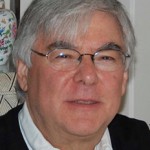
Lawrence N. Rothenberg
Dr. Rothenberg has been President and Chairman of the Board of the American Association of Physicists in Medicine, a founding Board Member of the Commission on Accreditation of Medical Physics Education Programs (CAMPEP), and Chairman of the Board of Chancellors of the American College of Medical Physics (ACMP). He is a Fellow of the American Association of Physicists in Medicine (AAPM), the American College of Radiology, the ACMP, and the Health Physics Society. In 2007, Dr. Rothenberg received the Quimby Lifetime Achievement Award of AAPM. He served on the original Mammography Committee of NCRP, that was Chaired by Louis Hemplemann and one of whose members was John Boice. Dr. Rothenberg chaired, SC 72, the Mammography Committee of NCRP that produced NCRP Reports No. 85 and 149 and is a Distinguished Emeritus Member of NCRP. Dr. Rothenberg has concentrated much of his activity in the areas of quality assurance in diagnostic radiology, mammography image quality and dosimetry, computed tomography image quality and dosimetry, and in the education of radiology and radiation oncology residents, physics fellows and residents, and radiologic technologists. He currently lectures on various aspects of imaging physics to radiology, radiation oncology, and medical physics residents at MSKCC, Weill-Cornell New York Presbyterian Medical Center, Harlem Hospital Center, and Jacobi Medical Center. He is the Program Director of the CAMPEP Accredited Medical Imaging Physics residency program at MSKCC and an Adjunct Professor in the CAMPEP Accredited Medical Physics Graduate Program at Columbia University. |
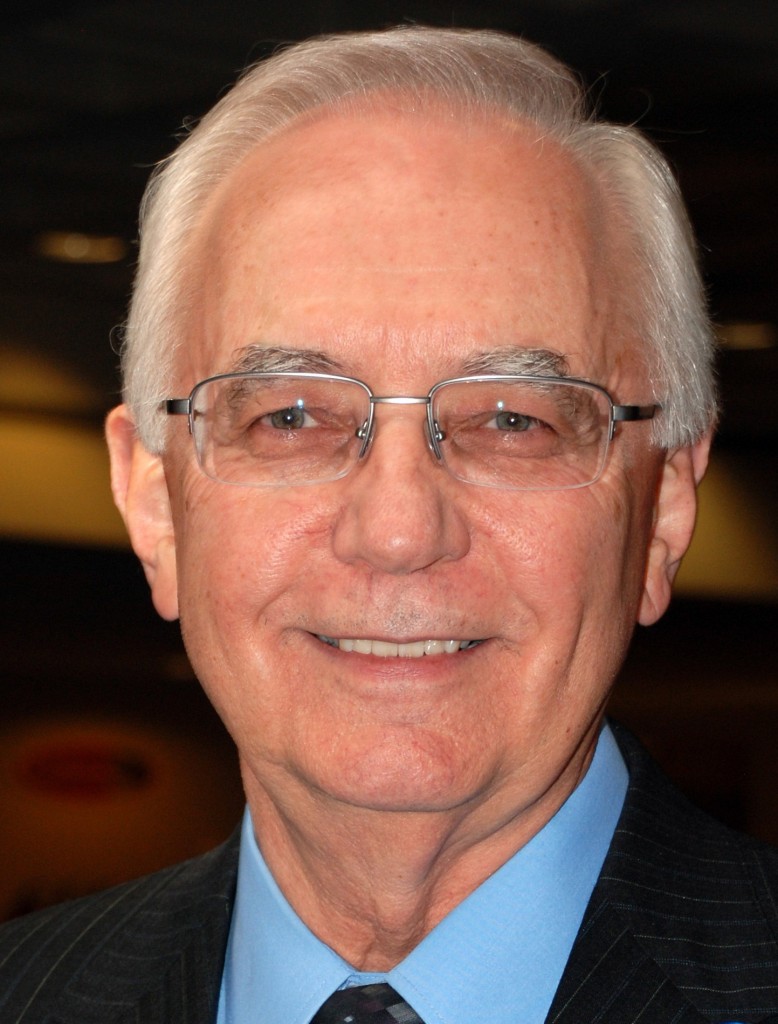
RICHARD J. VETTER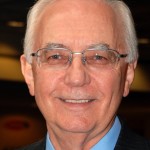 is Professor Emeritus and former Radiation Safety Officer at the Mayo Clinic in Rochester, Minnosota. He received his BS and MS degrees in Biology from South Dakota State University and his PhD in Health Physics from Purdue University. He is board certified by the American Board of Health Physics and the American Board of Medical Physics. He served on the Purdue University faculty from 1970 to 1980 and the Mayo Clinic staff and faculty from 1980 to 2010. Dr. Vetter is a member of the National Academies Nuclear and Radiation Studies Board, the Government Liaison for the Health Physics Society (HPS), and a member of the Executive Council of the International Radiation Protection Association. He is a Fellow of HPS and the American Association of Physicists in Medicine and received the HPS Founders Award. He is past Editor-in-Chief of Health Physics, past president of HPS, past president of the American Academy of Health Physics, and author or coauthor of more than 220 publications, books, book chapters, and other articles. He served as Vice Chair of the U.S. Nuclear Regulatory Commission Advisory Committee for Medical Uses of Isotopes and member of the Radiation Advisory Committee of the U.S. Environmental Protection Agency Science Advisory Board. He served on the Board of Directors of NCRP, Chair of the NCRP Nominating Committee, and Chair of three and member of two NCRP scientific committees resulting in four NCRP reports and one NCRP statement. Dr. Vetter has received outstanding alumnus awards from South Dakota State University, the Purdue School of Pharmacy and Pharmacal Sciences, the Purdue School of Health Sciences, and the Purdue College of Health and Human Sciences. |

Michael Mumma
|
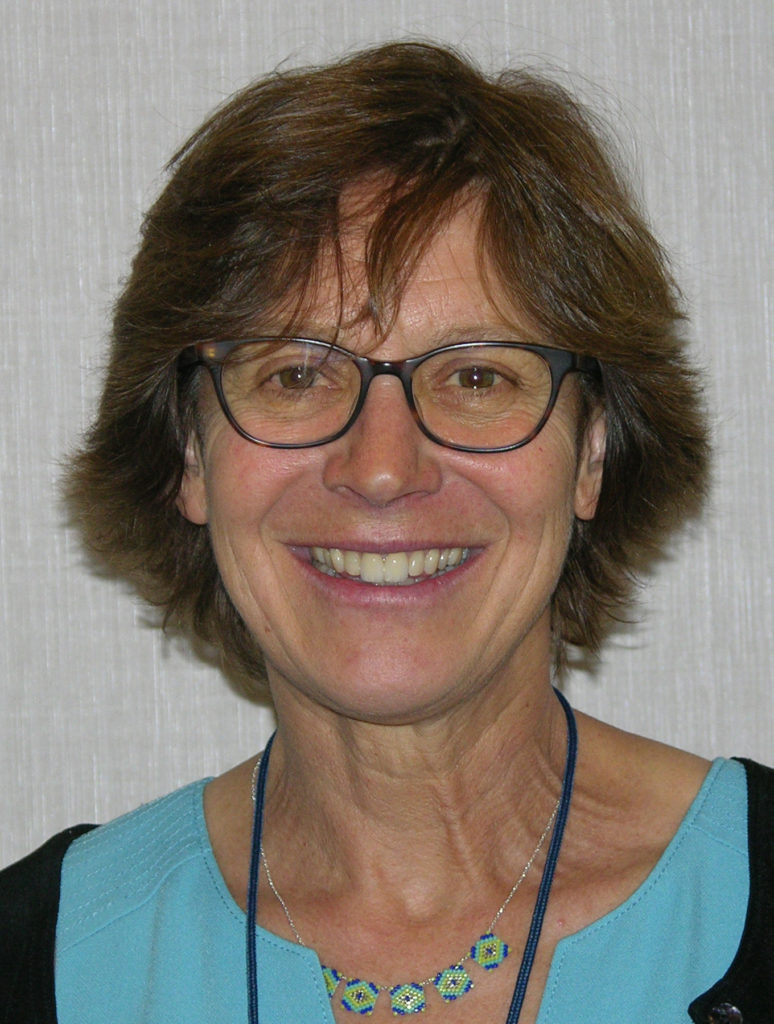
HELEN A. GROGAN
is President of Cascade Scientific, Inc., an environmental consulting firm. Dr. Grogan received her PhD from Imperial College of Science and Technology at the University of London in 1984 and has more than 25 y of experience in radioecology, environmental dose reconstruction, and the assessment of radioactive and nonradioactive hazardous wastes. She first worked at the Paul Scherrer Institute in Switzerland on the performance assessment of radioactive waste disposal for the Swiss National Cooperative for the Disposal of Radioactive Waste (Nagra). Dr. Grogan was actively involved in the early international cooperative efforts to test models designed to quantify the transfer and accumulation of radionuclides and other trace substances in the environment. Validation of computer models developed to predict the fate and transport of radionuclides in the environment remains a key interest of hers. In 1989 Dr. Grogan returned to the United Kingdom as a senior consultant to Intera Information Technologies before moving to the United States a few years later, where she has worked closely with Risk Assessment Corporation managing the technical aspects of a wide variety of projects that tend to focus on public health risk from environmental exposure to chemicals and radionuclides. Dr. Grogan has served on committees for the National Academy of Sciences, the International Atomic Energy Agency, the U.S. Environment Protection Agency, and NCRP. She co-edited the text book Radiological Risk Assessment and Environmental Analysis published by Oxford University Press in July 2008, and authored the chapter on Model Validation. |


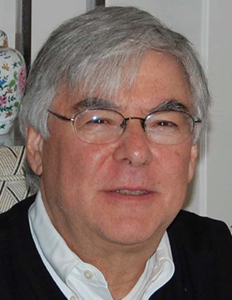 received a BA in Physics from the University of Pennsylvania (1962), and an MS (1964) and PhD (1970) in Nuclear Physics from the University of Wisconsin at Madison. After completing a postdoctoral fellowship in Medical Physics in the Department of Medical Physics at Memorial Sloan-Kettering Cancer Center (MSKCC), he joined the professional staff at MSKCC and rose to the rank of Attending Physicist and Clinical Member. He directed the Diagnostic X-Ray Quality Assurance Laboratory for MSKCC and New York Presbyterian Weill Cornell Medical Center for over 35 y until January 2007 when he was appointed Member Emeritus of MSKCC.
received a BA in Physics from the University of Pennsylvania (1962), and an MS (1964) and PhD (1970) in Nuclear Physics from the University of Wisconsin at Madison. After completing a postdoctoral fellowship in Medical Physics in the Department of Medical Physics at Memorial Sloan-Kettering Cancer Center (MSKCC), he joined the professional staff at MSKCC and rose to the rank of Attending Physicist and Clinical Member. He directed the Diagnostic X-Ray Quality Assurance Laboratory for MSKCC and New York Presbyterian Weill Cornell Medical Center for over 35 y until January 2007 when he was appointed Member Emeritus of MSKCC. News & Events
News & Events